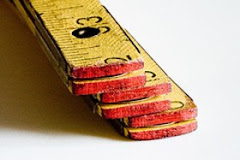Shelbie came home Tuesday the 14th. We had to drive all the way to San Francisco to get her. So we got up at 6:30 and got ready. At 8:30 we left for San Francisco to pick up Shelbie. Every time we go an a long car ride Shylie will throw up but this time she didn’t. Praise God for that. When we got there we were running on time. So we unloaded as quick as possible. Then we headed to the elevator. It took a minute or two to finally get on. Then when we got off we rushed for the air train. When we got there it was coming to a stop so we hopped on. The train took off. When it came to a stop we hopped off then headed to the the terminal. We got there just in time. Shelbie hadn’t even come down yet. She got lost upstairs so she had to ask someone where to go. When she finally came down everyone started hugging her. Then we set off for home. The whole way home she told stories of Africa. We made it home good with no throwing up. It is really nice having her home.
~Shayden~

